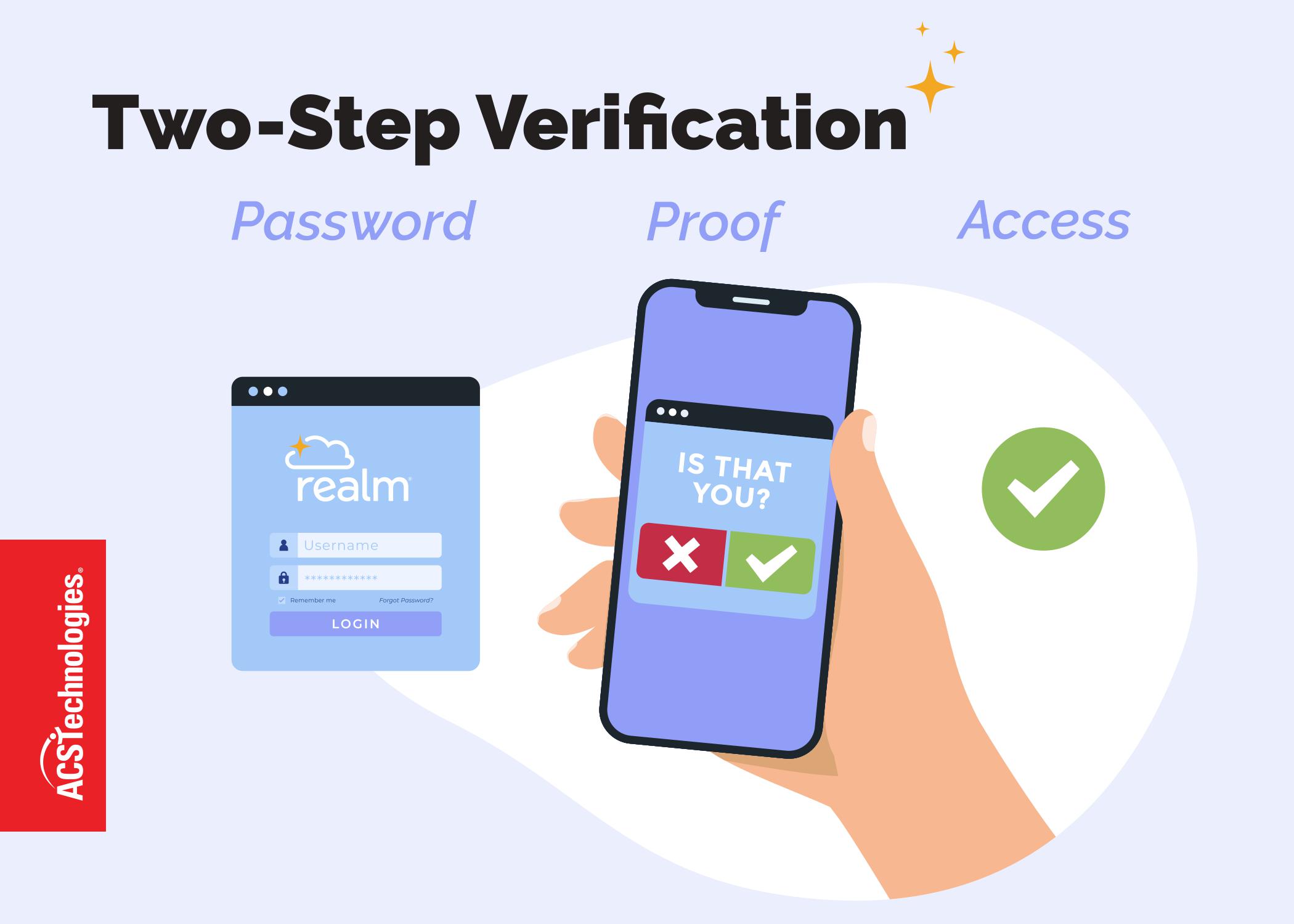After your Employee Retention Credit 941-Xs have been processed by the IRS, you will receive one or more refund checks (if the IRS approved them for payment). The next step in the process is depositing and posting your check(s). The first thing to consider when receiving an ERC check is that it is NOT income. ERC checks are tax refunds.
Accordingly, ERC checks should be reflected as such in your financials and not added to your church management system, where they could be misconstrued as a donation or contribution. Deposit the checks in the bank separately from other deposits, making it easier to find them later when bank reconciliation needs to occur.
In a for-profit company, ERC checks would be charged against taxes paid in 2020 and 2021 and require the restating of those years’ financial statements, amending of the tax returns for those years, and the payment of income tax due as a result of not being able to deduct payroll taxes for those years. Thankfully, in the non-profit arena, none of that applies (churches are exempt from paying Federal income tax unless they – rarely – have Unrelated Business Income Tax).
To properly record the check, post it to an account in the non-operating section of the statement of activities.
- When looking at the chart of accounts, find the section that is titled “Other Income” as a fixed section heading. If one is not there, create one below the 5XXX expense accounts.
- When selecting the type of account on setup, select the “Other Income” type.
- Assign an account code in the 6XXXX range. This is assuming you have conformed to the ACS recommended account numbering structure.
- 1XXXX Assets
- 2XXXX Liabilities
- 3XXXX Net Assets
- 4XXXX Operating Income
- 5XXXX Operating Expenses
- 6XXXX Other Income (generally unrealized gains and losses on investments and extraordinary income, such as ERC)
- 7XXXX Other Expenses (generally investment expenses in brokerage accounts and extraordinary expenses)
- 8XXXX Donor-designated funds
- 9XXXX Permanent corpus portion of endowments
- Name the new 6XXXX account “ERC” so you can identify it on your statement of activities.
- The debit is the checking account for the deposit, and the credit is to the 6XXXX account.
Alternatively, if your governing body of the church decides to designate the checks for a special purpose, such as benevolence, building repair, capital campaign, etc., then put the amount in the corresponding designated purpose account. The debit is the checking account for the deposit, and the credit is to the restricted account, either 3XXXX or 8XXXX. (If set up properly, 3XXXX is for governing body designations, and 8XXXX is for donor designations, which would not be the appropriate place to put the credit. However, many churches mix the two.)
Some denominations assess annual or monthly fees of their churches based on income. As mentioned, ERC checks are not income; they are a tax refund. The above method should keep the funds out of operating income and be safer from assessment. With a refund of taxes, the church’s governing body can spend the funds on whatever they deem appropriate without any strings attached.
If you aren’t sure if you qualify for Employee Retention Credit or need assistance filing, ACS Technologies’ partner, James B. Jordan CPA, LLC can help. Click here for more information.
James B. Jordan, CPA is the proprietor of James B. Jordan CPA, LLC, a nationwide full-service CPA firm that exclusively focuses on churches and specializes in ERC services. He has been a frequent speaker at ACS Technologies conferences, teaches financial management for clergy at Emory’s Candler School of Theology, and is the author of Financial Management for Episcopal Parishes.




